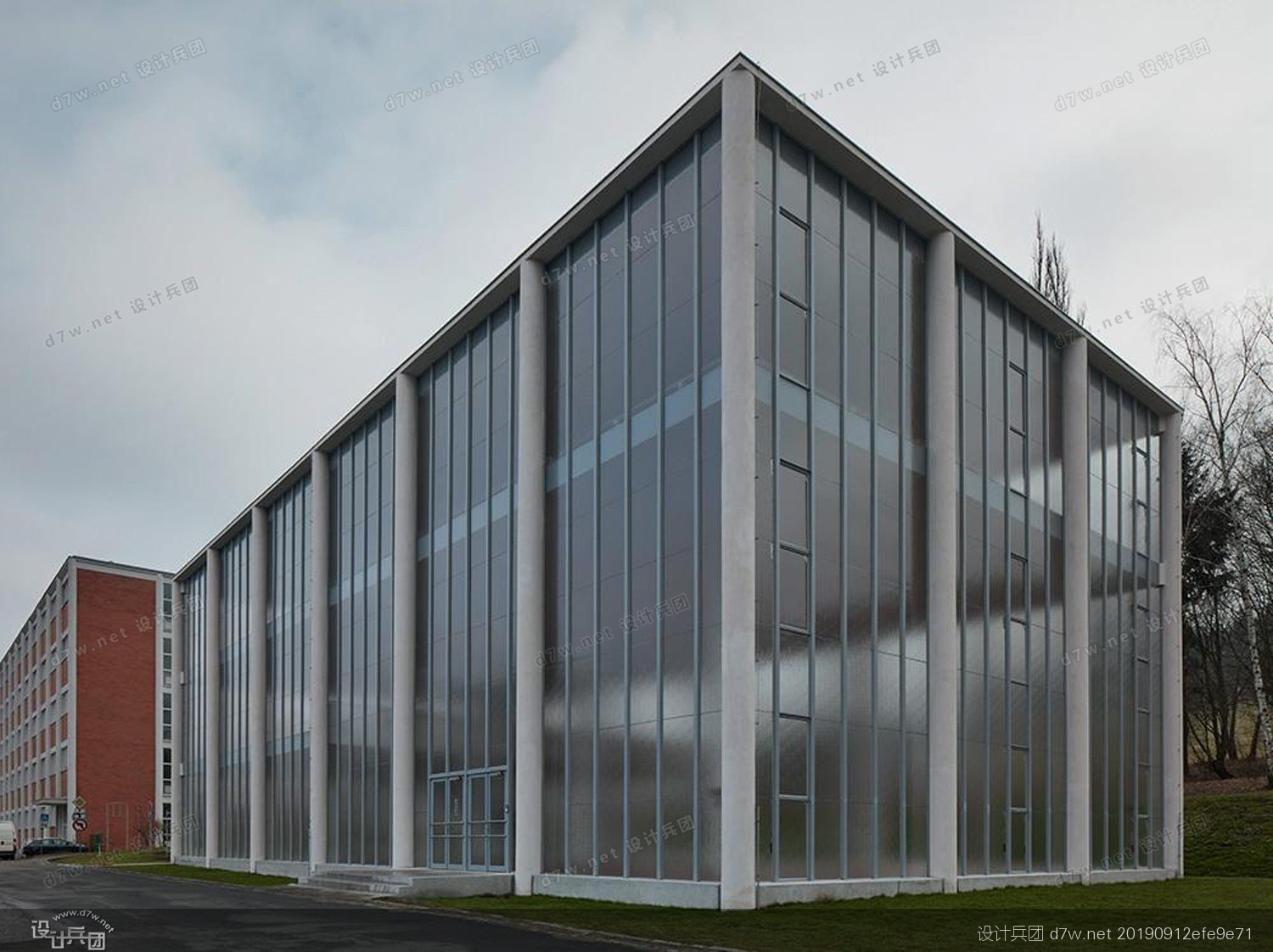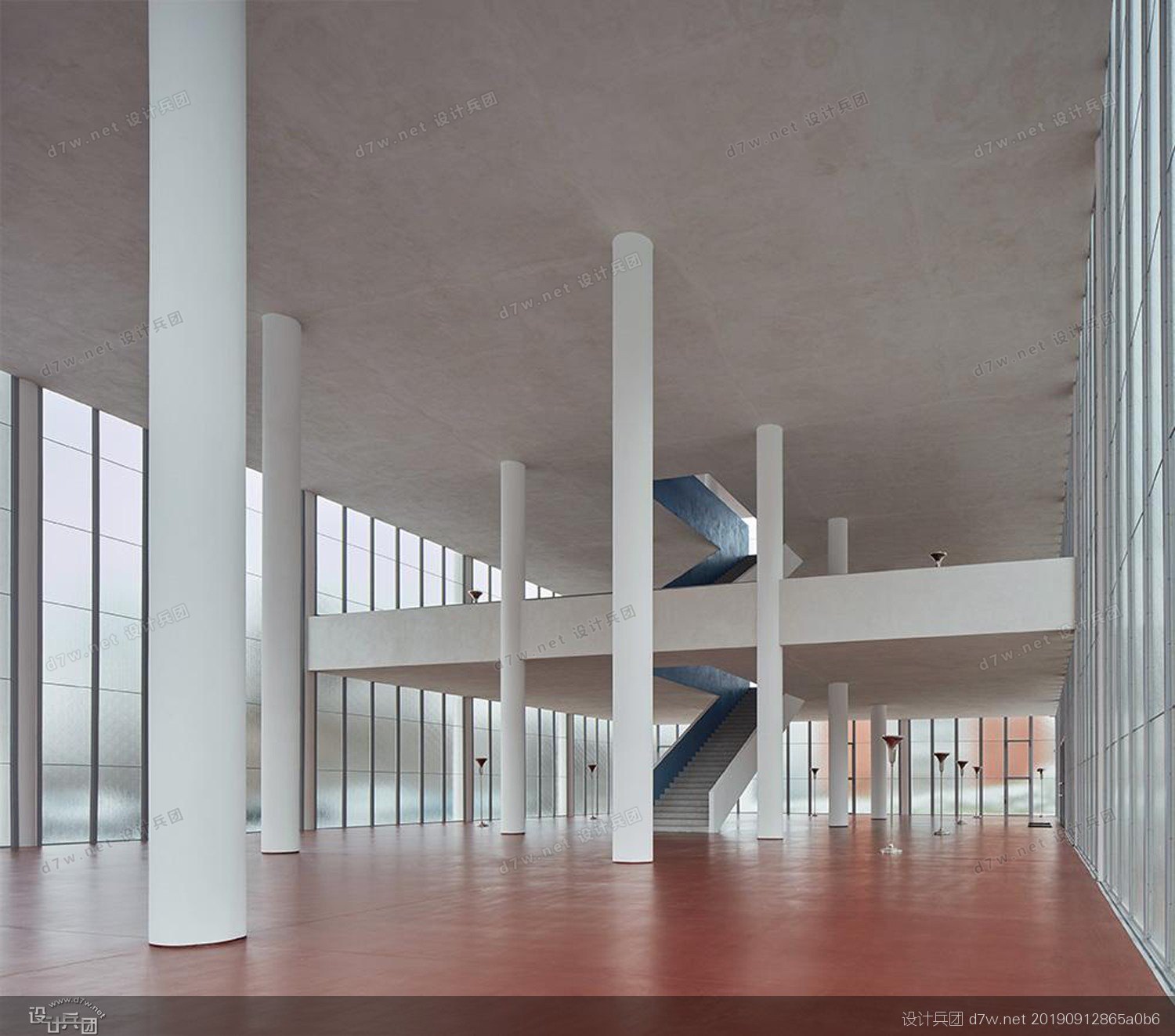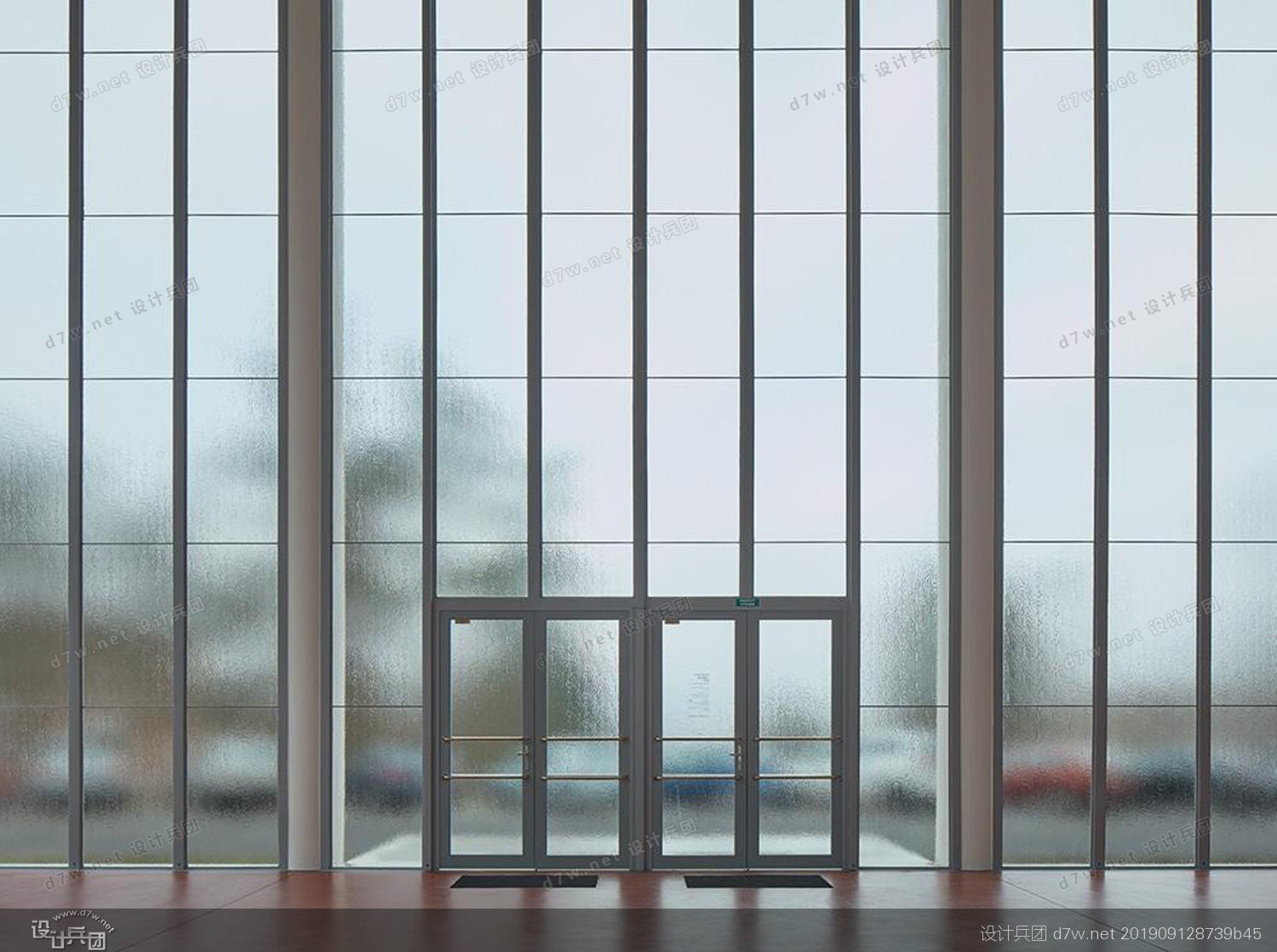
建筑师:Vladimír Karfík,Petr Všetečka
工作室:Zlín-based
材料:钢筋网格,砖块,玻璃
Compared to cosmopolitan Prague and the industrial powerhouse of Brno, Zlín was just a sleepy provincial Czech town before local entrepreneur Tomáš Baťa founded his shoemaking business there in 1894. With his help, the small Moravian town played a crucial role in the former Czechoslovakia’s journey towards prosperity and innovation, which led to it becoming one of the most developed countries in the world in the 1920s and 1930s – not least thanks to the spread of modernism, a movement that dominated the architectural discourse in the country at the time, and helped inspire a series of economic and social changes.
Soon, thanks to Baťa and his Zlín-based company (spelt Bata), Czechoslovakia became one of the world’s leading footwear exporters. An admirer of Taylorism – the progressive management theory of the time, which focused on economic efficiency and worker productivity – Baťa saw huge potential in modernist architecture and embraced it for the construction of his company’s spaces. He collaborated chiefly with two architects: Vladimír Karfík, who apprenticed at Frank Lloyd Wright’s Taliesin before designing most of the Bata stores during the 1920s and 1930s; and František Lýdie Gahura, who developed standardised structural systems to design factories and employee housing for the company. Gahura would change the landscape of the city, which was admired even by Le Corbusier, who visited Zlín in 1935.
Le Corbusier arrived three years after Baťa’s sudden death. The Czech pioneer crashed in his private plane while on the way to Switzerland, throwing an entire nation into shock and mourning. While his business was taken over by his half-brother Jan Antonín, Zlín’s local authority decided to create a memorial to its hero. Gahura was commissioned to design the monument, on a prominent site overlooking the city – much like a modern Acropolis. Gahura designed the building according to modernism’s strict functionalist principles, following Baťa’s personal and business values of modesty, purity and simplicity. Inspired by the structural design Gahura developed for the Bata factories – a modular construction system based on a 6.15m x 6.15m grid of reinforced steel, infilled by bricks – the memorial is a sharp, minimalist glass box with a flat roof. It features rows of circular, load-bearing columns and a central staircase that connects its three levels. The space housed busts of Bat́a, his brother Antonín, a company co-founder who died in 1908, and their mother Anna. At the memorial’s launch on 12 July 1933, the interior was dominated by a Junkers F13 plane (the model in which Baťa crashed). The ground floor was filled with memorabilia related to Baťa and his company, while the first floor was reserved for a footwear exhibition, and the top level remained empty.
The following years were tough for the Bat́a family. Jan Antonín escaped to Brazil in 1939 as the German army moved in, while Baťa’s son Thomas moved to Canada. In 1948, communists came to power in Czechoslovakia and labelled the Bata company a capitalist enemy of the country. While Jan Antonín and Thomas continued to develop the brand abroad, the Communists nationalised the factories in Czechoslovakia. Zlín was renamed Gottwaldov (after president Klement Gottwald) and the memorial was transformed into an art gallery. Changes and additions made the monument almost unrecognisable.
The Zlín municipality started discussing restoring the structure in the 1990s. In 1995, British architecture historian Kenneth Frampton visited the city and shared his disappointment in a letter to Czech architecture historian Rostislav Švácha, saying ‘the only disillusionment was Bat́a’s memorial, which apparently did not receive good treatment’.
In 2011, the city approved the restoration project and moved the art gallery to a new space. Architect Petr Všetečka, of the Brno-based Transat studio, was tasked with the job and works finally began in 2016. ‘The memorial is an architectural gem, but the reconstruction work that took place in the 1950s ignored all of Gahura’s principles,’ he says. Všetečka worked with archival material and detailed technical research to achieve as authentic a restoration as possible. He stresses how important it was to work with Gahura’s original spirit of simplicity, while ensuring that the new structure adheres to contemporary requirements.
All later additions to the structure have been demolished. Glass sheets were reproduced to the original design, the concrete staircase had to be rebuilt, and original details, including doors, sockets and the window opening mechanisms, were repaired or replicated.
After decades of neglect, the Tomáš Baťa Memorial has now been restored to its former glory, and is due to reopen to the public in May. A replica of the original Junkers plane is being made in Canada and will take its place in the memorial to complete this sensitive and culturally important project.
相比,世界性的布拉格和布尔诺的工业强国,Zlin之前只是一个昏昏欲睡的捷克小镇当地企业家TomašBaťa制鞋公司在1894年成立。在他的帮助下,摩拉维亚的小镇起到了至关重要的作用在前捷克斯洛伐克的旅程走向繁荣和创新,导致它成为世界上最发达的国家之一,在1920年代和1930年代——尤其是由于现代主义的蔓延,一个建筑话语主导的运动,在这个国家,并帮助激发一系列的经济和社会变化。
很快,感谢Baťa和他位于Zlín的公司(拼写为Bata),捷克斯洛伐克成为世界领先的鞋类出口商之一。作为泰勒主义的崇拜者 - 当时的进步管理理论,专注于经济效率和工人生产力 - 巴哈萨在现代主义建筑中看到了巨大的潜力,并将其用于建造公司的空间。他主要与两位建筑师合作:VladimírKarfík,他曾在Frank Lloyd Wright的Taliesin学徒,然后在20世纪20年代和30年代设计了大部分Bata商店;和FrantišekLýdieGahura,他们为公司设计了工厂和员工住房的标准化结构系统。 Gahura将改变城市的景观,即使是1935年访问Zlín的Le Corbusier也很欣赏。
Le Corbusier在Baťa突然去世三年后抵达。这位捷克先驱在前往瑞士的途中坠毁在私人飞机上,使整个国家陷入震惊和哀悼之中。在他的同父异母兄弟JanAntonín接管他的生意时,Zlín的地方当局决定为其英雄创建一个纪念碑。 Gahura受委托设计这座纪念碑,位于俯瞰城市的着名景点 - 就像现代的雅典卫城。 Gahura根据现代主义严格的功能主义原则设计建筑,遵循Baťa的谦虚,纯洁和简洁的个人和商业价值观。受到Gahura为Bata工厂开发的结构设计的启发 - 一个基于6.15m x 6.15m钢筋网格的模块化建筑系统,由砖块填充 - 纪念碑是一个锋利,极简主义的玻璃盒,带有平屋顶。它有一排排圆形的承重柱和一个连接三层的中央楼梯。这个空间位于Bata的半身像,他的兄弟Antonín,一位于1908年去世的公司联合创始人,以及他们的母亲Anna。在1933年7月12日的纪念馆发射时,内部由Junkers F13飞机(Baťa坠毁的模型)主导。一楼充满了与Baťa及其公司有关的纪念品,而一楼则是为鞋类展览预留的,而顶层则是空的。
接下来的几年对巴塔家族来说是艰难的。随着德国军队的迁入,JanAntonín于1939年逃到了巴西,而Baťa的儿子Thomas则搬到了加拿大。 1948年,共产党人在捷克斯洛伐克上台,并将巴塔公司称为该国的资本主义敌人。当JanAntonín和Thomas继续在国外发展品牌时,共产党人将捷克斯洛伐克的工厂国有化。 Zlín更名为Gottwaldov(在Klement Gottwald总统之后)并且纪念碑被改造成一个艺术画廊。改变和增加使纪念碑几乎无法辨认。
Zlín市政府开始讨论在20世纪90年代恢复结构。 1995年,英国建筑历史学家肯尼斯·弗兰普顿(Kenneth Frampton)访问了这座城市,并在给捷克建筑史学家罗斯季斯拉夫·斯瓦查(RostislavŠvácha)的一封信中表达了他的失望,他说“唯一的失望就是巴塔纪念馆,显然没有得到良好的待遇”。
2011年,该市批准了修复工程,并将艺术画廊搬到了新的空间。总部位于布尔诺的Transat工作室的建筑师PetrVšetečka负责这项工作,最终于2016年开始工作。“纪念碑是建筑瑰宝,但20世纪50年代发生的重建工作忽视了Gahura的所有原则,”他说。 Všetečka使用档案材料和详细的技术研究来实现尽可能真实的修复。他强调与Gahura原始的简约精神合作是多么重要,同时确保新结构符合当代要求。
所有后来增加的结构都已被拆除。将玻璃板复制到原始设计中,必须重建混凝土楼梯,并修复或复制原始细节,包括门,插座和窗户开启机构。
经过数十年的忽视,托马斯巴哈纪念馆现已恢复昔日的辉煌,并将于5月重新开放。原始的容克斯飞机的复制品正在加拿大制造,并将在纪念馆中占据一席之地,以完成这一敏感且具有重要文化意义的项目。


